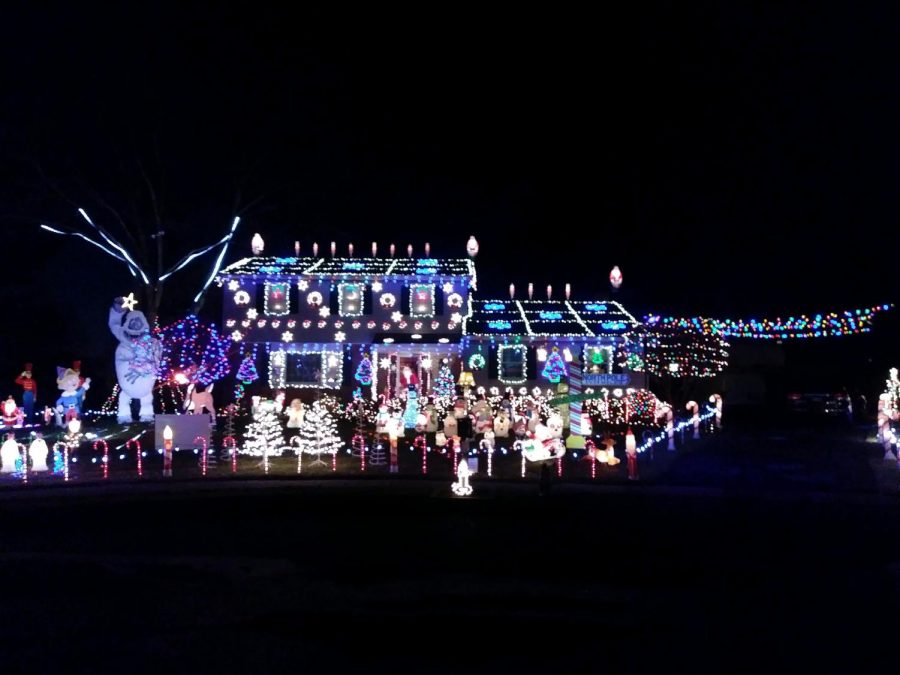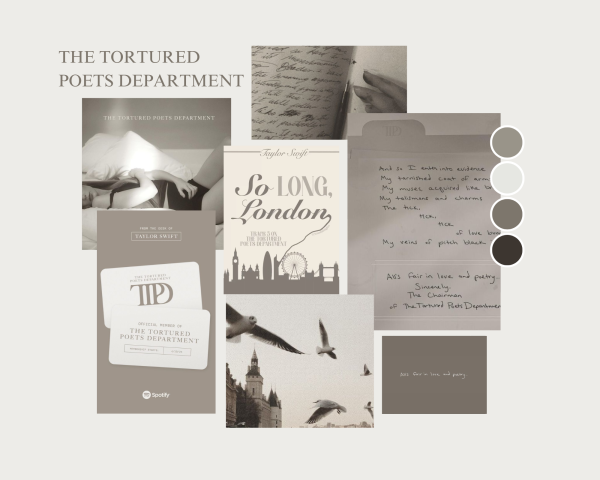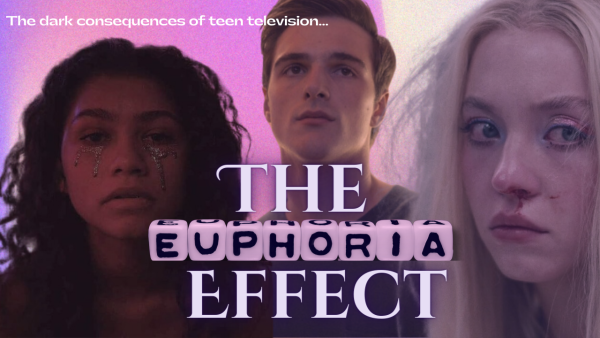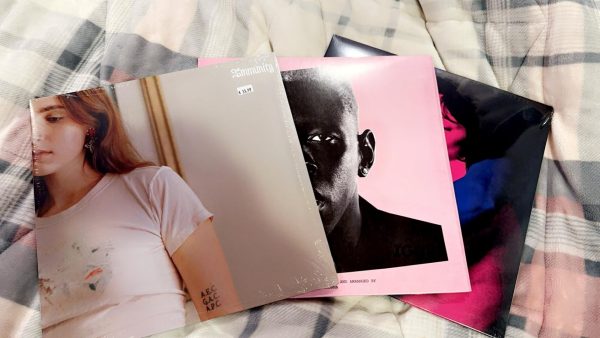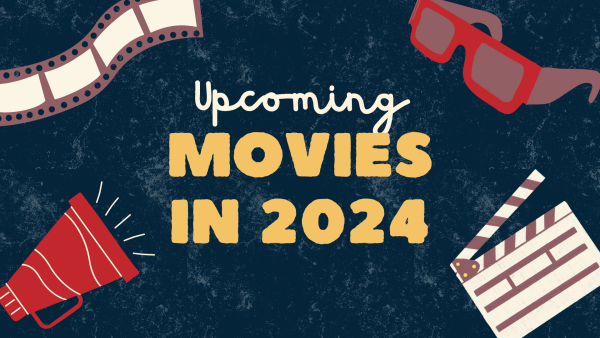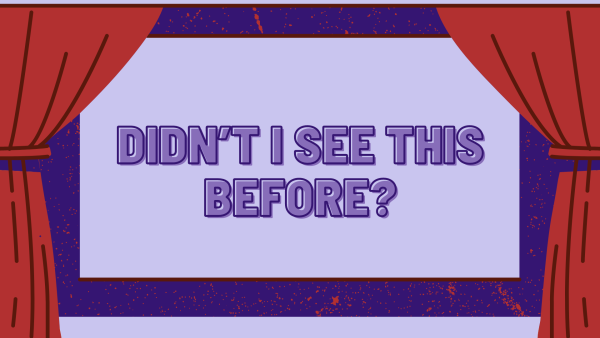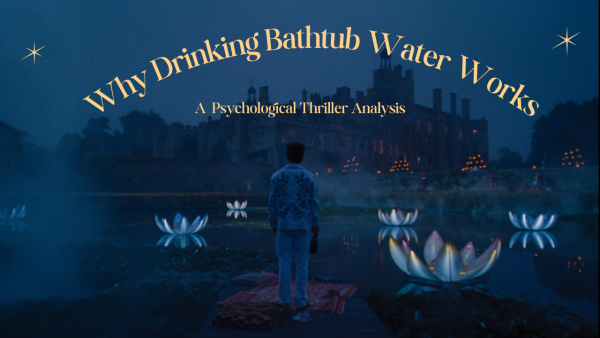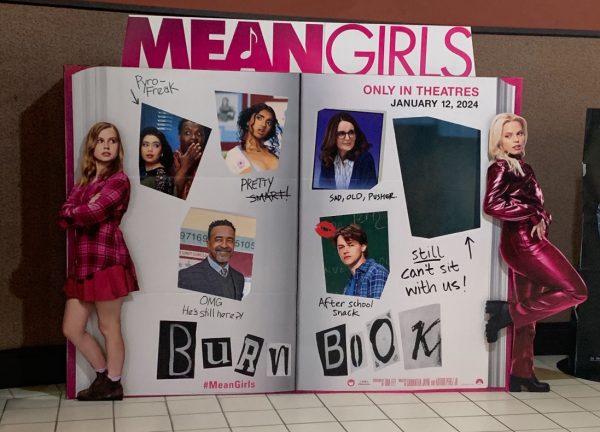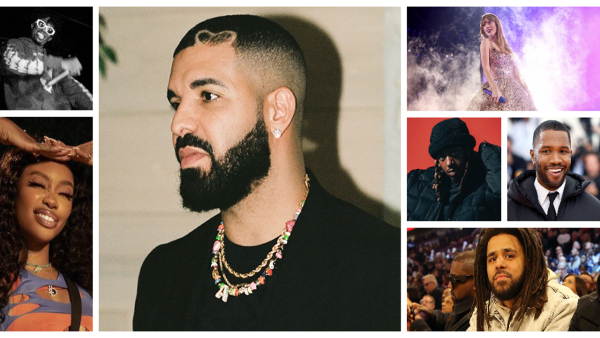The psychology behind Christmas lights
Christmas lights are hung all around this festive time of year – featured here at St. Andrew’s way – but why do they make us feel so jolly?
With the holiday season in full swing, there’s been an explosion of light and color across neighborhoods everywhere. Most people have decorated for the holidays, their lawns and houses packed with anything from small candles in their windows to entire light shows in their front yard.
Most people take this season as an opportunity to take walks or drive around to look at the lights. When people do this, they may feel a bit lighter, a bit happier. Think about when people hang string lights in their rooms or turn on a small lamp in a dark space and feel comforted by it- or logging on to Instagram and seeing pillow forts packed with dainty fairy lights or someone’s back porch with large, steampunk-esque bulbs dangling above the chairs. Light that illuminates, but not entirely.
This isn’t just for the aesthetic (even though it does help), there’s a psychological impact on lighting and how that light can change someone’s mood.
Starting off at level one, colors. Everyone associates some color with some mood. It’s safe to say that every color has its own negative and positive association. People associate red with anger, yellow with happiness, blue with sadness, and green with a sense of calm. Duller versions of these colors can elicit a different response. Vibrant reds and greens can have a completely different feeling from dull, almost gray reds and greens. People associate these colors with emotions because of experiences that may have taken place with these colors involved.
Colored light, even if it’s only slightly tinted a really light blue or yellow, can illicit this same emotional response from the brain.
This emotional response was proven when Japan decided to take a different approach to suicide preventions in the train stations. Japan has one of the highest suicide rates among the OECD nations, many of these incidents occurring in train stations. At first, the nation wanted to build high walls surrounding the tracks, but the expense would be too much. They took to the calming psychological effects of light blue lights. When these blue lights were installed, the suicide rates dropped over 84 percent in the ten year period in which they were installed. Due to this discovery, train stations in England had also taken this approach. In Gatwick Airport, the asset engineers have not only reported a decrease of suicides, but a decrease in littering, vandalism, and staff abuse.
Many people grew up with bright lights around this time of year as well, allowing a sense of nostalgia to take over. That sense of nostalgia can make people feel more fulfilled or comforted. In an experiment conducted by Rutgers University, it was revealed that people recalling happy memories had the same mental effect as people who got money. It brings people back to happier, calmer times. This warm feeling of nostalgia is level two- it just piles on to the previous mental effects.
With all of this tied into one big pile, it’s easy to see why Christmas lights make people feel the way they do. The combinations of lights and colors all packed into one area puts the brain on an emotional overload. It would be something like taking a food that someone really likes and a cute dog- a “double whammy”, if you will. This is why people feel so warm when they see huge spectacles of lights and color.
So take this last week of the holidays to grab a coffee and drive around the neighborhoods to look at all the different lights.
https://pdfs.semanticscholar.org/4711/624c0f72d8c85ea6813b8ec5e8abeedfb616.pdf
https://www.nature.com/articles/515011c
https://sites.psu.edu/siowfa15/2015/09/13/colors-and-emotions/
https://luxreview.com/article/2015/06/blue-lights-minimise
https://socialsciences.uottawa.ca/psychology/news/why-do-we-associate-some-colors-specific-emotions


